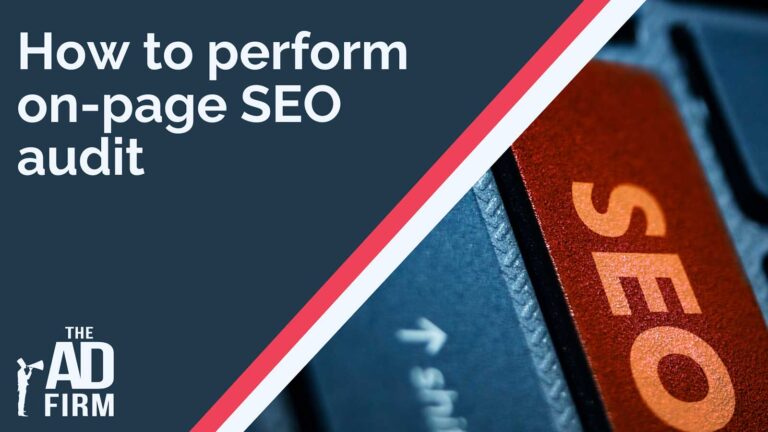As you may or may not know, Google has released a new page speed update earlier this month that can actually impact your website on mobile. Google has now incorporated the new speed update algorithm in the mobile search results as a search ranking factor. This update only impacts the slowest of sites on the internet.
How do you know if your website is considered slow?
Consider using these three tools to measure page speed: Chrome User Experience Report, Lighthousetool, and PageInsights tool.
Page Speed
Page speeds can be described in either “page load time” or “time to first byte”. Page load time is the time it takes to fully display the content on a specific page, while time to first byte is how long it takes for your browser to receive the first byte of information from the web server.
Pages with longer load times tend to have higher bounce rates and lower average time on page due to user experience. Longer load times have been shown to also negatively affect conversions, meaning user experience is very important if you’re going to have any chance of succeeding with Google’s new update.
Here are some of the best practices to use to improve page speed:
Full-resolution images
Try to avoid full-resolution images because they can take a long time to load, especially for mobile. Images can be edited using Photoshop to compress .jpg and .png images for faster load times.
Render-blocking CSS and Javascript
These render-blocking CSS and Javascript files prevent your page from fully loading until they are processed because they control how your site works and functions. In-line CSS Javascript can be used instead so elements are loaded as needed instead of all at once.
Reduce redirects
Each time a page redirects to another page, your visitor faces additional time waiting for the HTTP request-response cycle to complete.
Leverage browser caching
Browsers cache a lot of information so that when a visitor comes back to your site, the browser doesn’t have to reload the entire page. This allows pages to load quicker as users navigate through the website.
Minifying HTML, CSS, and Javascript
Analyzing and removing unnecessary text or data without changing how the browser displays the page. Removing redundant formatting, code comments, and unused code can dramatically increase your site speed.
Use a content distribution network
Content distribution networks (CDNs) are network of servers that are used to distribute the load of delivering content. The files stored on a CDN can include text, graphics, scripts, video, downloadable objects and streaming media. Make sure your hosting provider offers a CDN.
Server response time
Your server response time is affected by the amount of traffic you receive, the resource each page uses, the software your server uses, and the hosting solution you use. Look for slow database queries, slow routing, or a lack of adequate memory and fix them. 200ms is the optimum server response.
Final Thoughts
There are multiple factors that determine how high a site ranks on Google but by ensuring that your site loads quickly can ensure you have a strong foundation to grow organically. Focusing on improving one aspect at a time to yield positive results.







